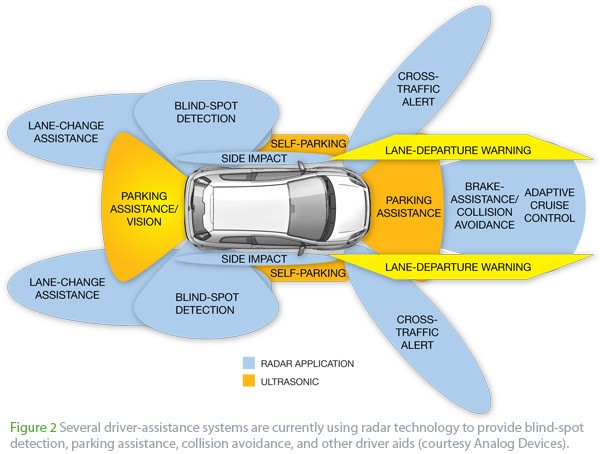Humans are slamming into driverless cars and exposing a key flaw – human incompetence
 |
| Driverless cars are too perfect and need to be made 'stupid' to deal with human drivers |
The self-driving car, that cutting-edge creation that’s supposed to lead to a world without accidents, is achieving the exact opposite right now: The vehicles have racked up a crash rate double that of those with human drivers.
The glitch?
They obey the law all the time, as in, without exception. This may sound like the right way to program a robot to drive a car, but good luck trying to merge onto a chaotic, jam-packed highway with traffic flying along well above the speed limit. It tends not to work out well.
As the accidents have piled up — all minor scrape-ups for now — the arguments among programmers at places like Google Inc. and Carnegie Mellon University are heating up: Should they teach the cars how to commit infractions from time to time to stay out of trouble?
"It’s a constant debate inside our group," said Raj Rajkumar, co-director of the General Motors-Carnegie Mellon Autonomous Driving Collaborative Research Lab in Pittsburgh. "And we have basically decided to stick to the speed limit. But when you go out and drive the speed limit on the highway, pretty much everybody on the road is just zipping past you. And I would be one of those people."
Last year, Rajkumar offered test drives to members of Congress in his lab’s self-driving Cadillac SRX SUV. The Caddy performed perfectly, except when it had to merge onto I-395 South and swing across three lanes of traffic in 150 yards (137 meters) to head toward the Pentagon. The car’s cameras and laser sensors detected traffic in a 360-degree view but didn’t know how to trust that drivers would make room in the ceaseless flow, so the human minder had to take control to complete the maneuver.
“We end up being cautious," Rajkumar said. “We don’t want to get into an accident because that would be front-page news. People expect more of autonomous cars."
Not at fault
Turns out, though, their accident rates are twice as high as for regular cars, according to a study by the University of Michigan’s Transportation Research Institute in Ann Arbor, Mich. Driverless vehicles have never been at fault, the study found: They’re usually hit from behind in slow-speed crashes by inattentive or aggressive humans unaccustomed to machine motorists that always follow the rules and proceed with caution.
“It’s a dilemma that needs to be addressed," Rajkumar said.
It’s similar to the thorny ethical issues driverless car creators are wrestling with over how to program them to make life-or-death decisions in an accident. For example, should an autonomous vehicle sacrifice its occupant by swerving off a cliff to avoid killing a school bus full of children?
California is urging caution in the deployment of driverless cars. It published proposed rules this week that would require a human always to be ready to take the wheel and also compel companies creating the cars to file monthly reports on their behavior. Google — which developed a model with no steering wheel or gas pedal — said it is “gravely disappointed" in the proposed rules, which could set the standard for autonomous-car regulations nationwide.
Fast track
Google is on a fast track. It plans to make its self-driving-cars unit a stand-alone business next year and eventually offer a ride-for-hire service, according to a person briefed on the company’s strategy.
Google cars have been in 17 minor crashes in 2 million miles of testing and account for most of the reported accidents, according to the Michigan study. That’s partly because the company is testing mainly in California, where accidents involving driverless cars must be reported.
The most recent reported incident was Nov. 2 in Mountain View, Calif., Google’s headquarters, when a self-driving Google Lexus SUV attempted to turn right on a red light. It came to a full stop, activated its turn signal and began creeping slowly into the intersection to get a better look, according to a report the company posted online. Another car stopped behind it and also began rolling forward, rear-ending the SUV at 4 mph. There were no injuries and only minor damage to both vehicles. Autonews
